Will virtual plate procession become the new normal for conveyor belt sushi restaurants in Japan?
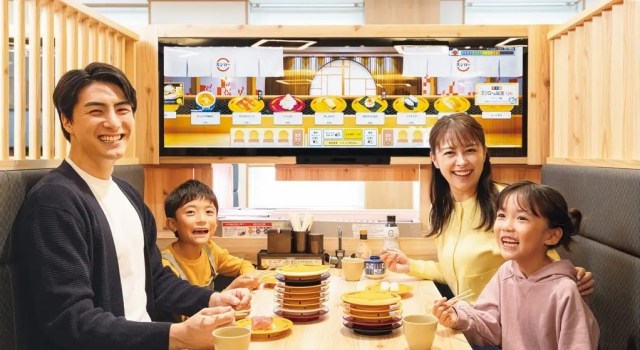
Digital Sushi Vision seeks to recreate the fun of old-school kaitenzushi with modern technology.
Japan’s conveyor belt sushi restaurants (or kaitzenzushi restaurants, as they’re called in Japanese) are at a bit of an identity crossroads. Making up a whole bunch of plates of sushi ahead of time and putting them on the belt in hopes that customers will buy them all creates a significant food loss risk for the restaurant, what with raw fish’s short shelf life. Meanwhile, from the customer’s standpoint, it can be frustrating if the chefs aren’t making a batch of the particular type of sushi you’re in the mood for, and even if they are, you can usually order it directly instead of taking a plate off the belt, which usually gets you a fresher piece.
Because of that, in recent years, conveyor belt sushi restaurants have been putting fewer and fewer plates of sushi on the up-for-grabs conveyor, and instead most diners order the plates they want through a tablet at their table, with their sushi being whisked right to them on an express lane belt once it’s ready. However, there’s still an undeniable appeal to sitting down in a kaitenzushi joint with no prior plan, watching yet-unclaimed sushi drifting by, and grabbing something that’s only sparked your cravings once you’ve seen it.
So the question becomes how do restaurants keep the spontaneity and fun of plates going around the restaurant while maximizing freshness and minimizing food waste? Kaitenzushi chain Sushiro has an idea, and it calls it Digital Sushi Vision.
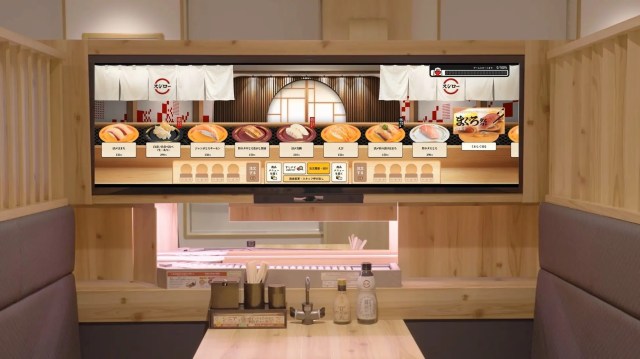
In Japanese, the word “vision” often gets used to describe the giant video monitors found on the sides of skyscrapers, like with Tokyo’s Cross Shinjuku Vision. Digital Sushi Vision is using “vision” in this sense, putting extra-wide monitors across the tops of its booths.

These monitors are touch screens, acting as replacements for the iPad-size tablets kaitenzushi tables are commonly equipped with these days. What’s more, the Digital Sushi Vision monitor images are animated, with a procession of sushi plates creating a virtual version of a packed old-school kaitenzushi conveyor.

The aim is to recreate that sense of “Oh, I wasn’t thinking about that kind of sushi, but it looks great!”, sparking your memory of an old favorite or enticing you to try something new based on how it looks.
That doesn’t mean you’re locked into only ordering the virtually drifting items, though, as you can use the Digital Sushi Vision to order whatever you’d like. Another nice feature is that it can register input taps from two users simultaneously, which should also make ordering a little smoother than having everyone at the table share a single tablet.
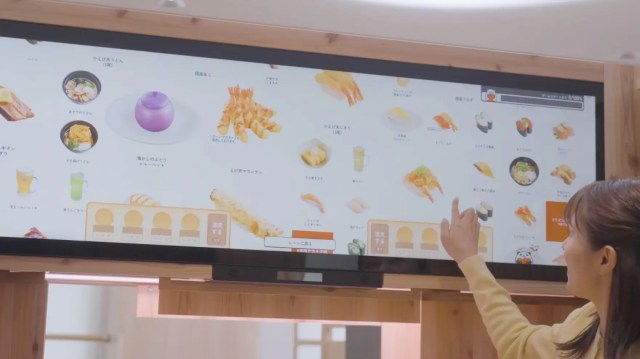
The monitors will even have games and trivia challenges, helping to keep kids entertained and conversations flowing.
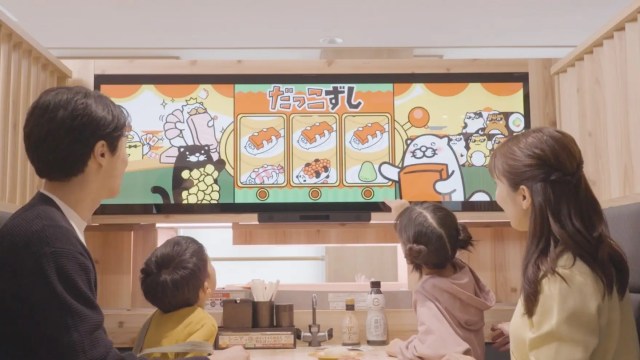
It’s a clever idea, but there are a few potential drawbacks. One advantage for customers to the traditional style of having actual up-for-grab plates on the conveyor is that it lets you see the exact piece of sushi you’d be eating in advance. If you’ve got a moderately experienced eye, that preview can help you gauge the quality of specific types of fish an that restaurant on that day, and in turn guide you to the tastiest options. Digital Sushi Vision, though, appears to use a set of pre-taken photos for each type of sushi, so they’re not necessarily representative of the actual fish in the restaurant at that moment. That, in turn, has the potential to make the images moving around on the screen feel like attention-demanding ads, which may not make for the most pleasant dining experience.
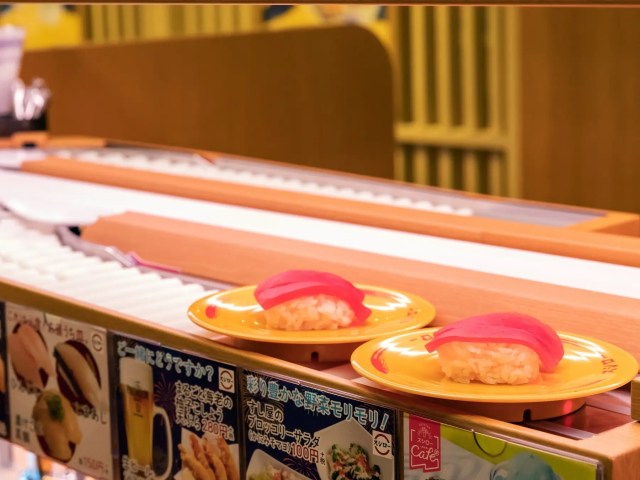
To be fair, though, many kaitenzushi restaurants already have ads for seasonal or limited-time items going around the conveyor in the form of plates with little placards on them, and a fair bit of the animated shouts from the chefs is essentially them letting everyone know about those special items, or what sort of sushi they are putting plates of on the belt.
All in all, it’s a clever idea, though Sushiro itself isn’t exactly sure how customers will take to it just yet. Because of that, Digital Sushi Vision is starting out as a test program at three branches. Monitors have already been installed at the Sushiro Shinjuku Nishiguchi branch in Tokyo and the Esaka branch in Osaka Prefecture, and next month they’ll arrive at the Tenpaku Yakiyama branch in Nagoya.
Source, images: PR Times
● Want to hear about SoraNews24’s latest articles as soon as they’re published? Follow us on Facebook and Twitter!
Credit:




0 comments: